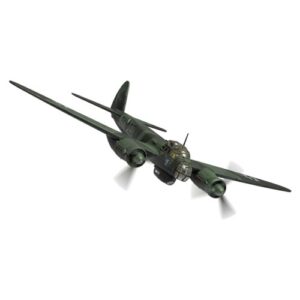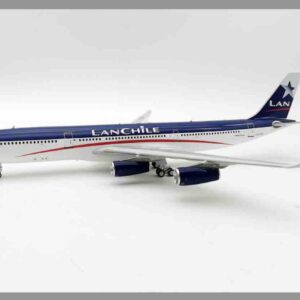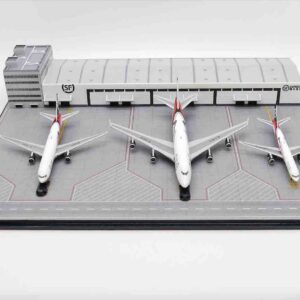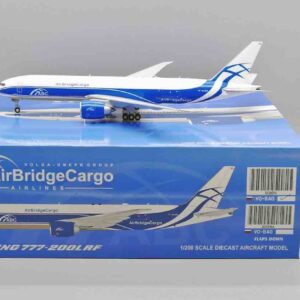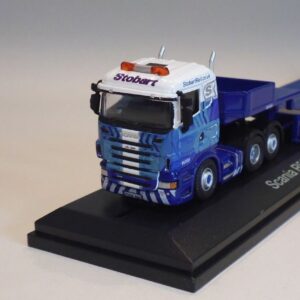Corgi – Dornier Do17Z, ‚5K+AR‘ 7./KG 3 „Blitz“ (Kampfgeschwader 3) Luftwaffe , August 1940
Výrobce: CorgiMěřítko: 1:72Popis
- sběratelský model letadla Dornier Do 17 1/144 - provedení: kovový model s plastovými částmi - model je v kvalitním provedení - součástí balení je stojánek
Dornier Do 17
The Dornier Do 17, sometimes referred to as the Fliegender Bleistift („flying pencil“), was a light bomber of Nazi Germany during World War II. It was produced by Claudius Dornier’s company, Dornier Flugzeugwerke. The aircraft was designed as a Schnellbomber („fast bomber“), a light bomber which, in theory, would be so fast that it could outrun defending fighter aircraft.
| Role | Light bomber, night fighter and Reconnaissance aircraft |
|---|---|
| Manufacturer | Dornier Flugzeugwerke |
| First flight | 23 November 1934 |
| Introduction | 1937 |
| Retired | 15 September 1952 (Finnish Air Force) |
| Primary users | Luftwaffe Royal Yugoslav Air Force Finnish Air Force Spanish Air Force |
| Number built | 2,139 |
| Variants | Dornier Do 215 |
The Dornier Do 17Z series was the most recognised and mass-produced variant, and saw more combat service than the E-U types. The type was modified as a result of combat experience during the Spanish Civil War. The forward fuselage was redesigned, with the cockpit area being „dropped“, or extended further to enable a rear firing gunner position to be installed, and the canopy extended aft, until it was nearly parallel with the leading edge and wing root.
General characteristics
- Crew: 4
- Length: 15.8 m (51 ft 10 in)
- Wingspan: 18 m (59 ft 1 in)
- Height: 4.56 m (15 ft 0 in)
- Empty weight: 5,210 kg (11,486 lb)
- Empty equipped: 5,888 to 5,963 kg (12,981 to 13,146 lb)
- Max takeoff weight: 8,837 kg (19,482 lb)
- Fuel capacity: standard fuel 1,540 l (339 imp gal), with aux tank in forward bomb bay 2,435 l (536 imp gal)
- Powerplant: 2 × Bramo 323 P 9-cyl. air-cooled radial piston engines with 1,000 PS (986 hp, 736 kW) for take-off
- Propellers: 3-bladed variable-pitch propellers



